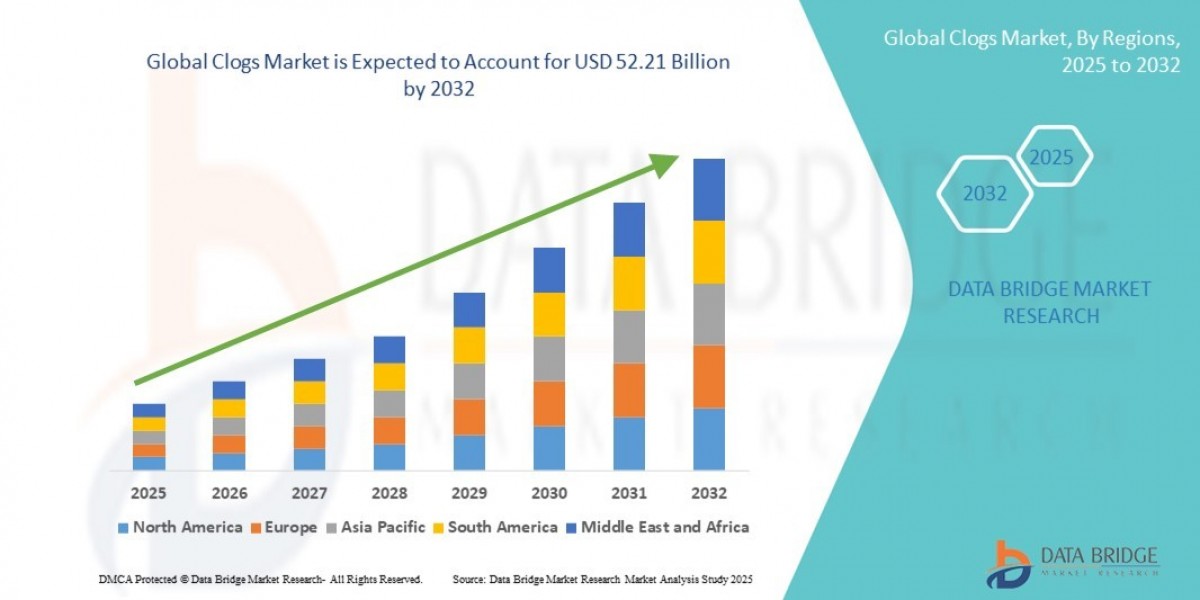Embroidery digitizing transforms artwork into stitch-ready files. Selecting the best embroidery digitizing services isn’t just about aesthetics—it affects brand image, production costs, and customer satisfaction. A crisp, accurate design can elevate your garment or promotional piece; sloppy digitizing can ruin it. In this guide, we'll break down how to identify and choose digitizing services that deliver stunning, consistent results.
1. Understanding Embroidery Digitizing
What is digitizing?
It's the process of mapping digital artwork (vector or raster) into machine-readable instructions—defining stitch type, density, color sequence, underlay, and pathing.
Why does it matter?
Affects how smooth and dense the final embroidery is.
Determines how well the design fits the fabric used.
Crucial for longevity, reducing puckering or thread breaks.
2. Core Factors to Evaluate Services
A. Stitch Quality & Density
High-quality services optimize density—not too tight, not too loose.
✅ Clean edges, consistent fills, no holes or gaps.
B. Underlay & Fabric Stabilization
Proper underlay prevents fabric stretching.
Premium services customize underlay per fabric type: cotton, denim, nylon, or stretch blends.
C. File Format Compatibility
Entrust formats recognized widely: DST, EXP, PES, JEF, VP3, etc.
The best providers offer multiple formats & preview files (PES/PDF).
D. Manual vs. Auto Digitizing
Manual digitizing remains superior, especially for logos.
Auto-generated files are cheaper but may lack professional refinement.
E. Turnaround Time & Revisions Policy
Ideal providers offer:
1–2 business day turnaround.
1–3 free review cycles.
Clear revision timelines.
F. Pricing Structure
Avoid pay-per-stitch; instead seek:
Fixed pricing based on design complexity.
Transparent policy with no hidden fees.
G. Portfolio & Reviews
Check galleries & real-world examples.
Look for testimonials referencing turnaround, communication, and quality.
3. Niche Considerations by Project Type
A. Logos & Corporate Brand Marks
Embroidery has limits—small, dense elements may blur.
Choose services that:
Redraw or simplify logos.
Offer brand color matching.
B. Lettering & Monograms
Ideal fabric, thread, font choice matter.
Straight stitches for block text; satin stitches for bold, curved fonts.
C. Patches & Appliqué
Layer fabric elements—digitizer should:
Define stitch sequence (border first?).
Handle patches with proper edges and fastener holes.
D. 3D Puff Caps
Call for stiff volumetric foam.
Digitizer must:
Adjust stitch direction.
Customize for foam lift & cap curvature.
E. Children’s Wear & Stretch Fabric
Digitizers must account for shrinkage and elasticity with:
Increased underlay.
Ligature stitches to minimize gaps.
4. Technologies, Tools & Turnaround Times
Modern digitizers use:
Wilcom, Pulse, Tajima DG/ML.
They should share previews via PES, DST, PDF.
Ideal timeline:
Draft: 12‑24 hrs
Review: +1‑2 days
Final: Delivered within 2–4 days
Ask if same-day or rush options exist—often extra charge.
5. How to Find the Best Services
Search for “embroidery digitizing services” + your niche (e.g., sports, corporate, patches)
Check ⭐️ Portfolios and ⭐️ Client Reviews
Ask for:
Stitch previews
Stitch count estimate
Format list
Terms (HDPI scaling, color changes)
Submit a test sample—logo or monogram—and analyze results.
Evaluate by:
Crispness of lines
Thread breaks
Density balance
Timelines
6. Common Pitfalls & Fixes
| Problem | Cause | Solution |
|---|---|---|
| Blurry lines | Too high density / small size | Increase line thickness |
| Fabric puckering | No underlay | Add float & edge underlay |
| Color bleeding | Close color changes | Increase stop stitches |
| Stitch tangles | No pull compensation | Use lock stitches and trims |
| Uneven fill | Poor stitch direction planning | Plan fills with angular flow |
7. Case Study: Real-World Success Story
A boutique fashion brand saw puckering across polyester jackets. Their digitizer added an edge satin underlay and more pull compensation. The revised design—previewed via PDF, PES, and final DST—resulted in perfect jackets every wash cycle. Client praised “absolute clarity and no more puckering” on Etsy reviews.
8. Checklist: What to Ask Before Ordering
File formats? (DST, PES, EXP…)
Manual vs. Auto?
Turnaround time / Preview turnaround?
Revision policy?
Maximum stitch count or pricing per density?
Sample portfolio or test stitch file?
Support for specialty projects – caps, patches, 3D?
9. Wrap‑Up: Choosing the Best Embroidery Digitizing Services
To recap, the best embroidery digitizing services combine:
Manual digitizing expertise tailored to fabric
High stitch quality, underlay knowledge & file compatibility
Clear quoting & fast, fair turnarounds
Stellar portfolio & client feedback
Whether you're a small business, brand owner, or hobbyist, following this guide ensures you partner with digitizers who deliver consistently crisp, production‑ready files—saving you time, material waste, and frustration.
Additional Resources
Glossary: DST, PES, underlay, pull compensation
Free digitizing test kit: 3 logo mockups + stitch files
Expert interview: Head digitizer explains tips for 2025 trends
Final Thoughts
In the competitive world of embroidered branding and apparel, quality starts with digitizing. By choosing the best embroidery digitizing services, you invest in lasting image, efficient production, and client satisfaction. Use this guide to evaluate providers and confidently submit your next digitizing project—knowing your design will shine.







